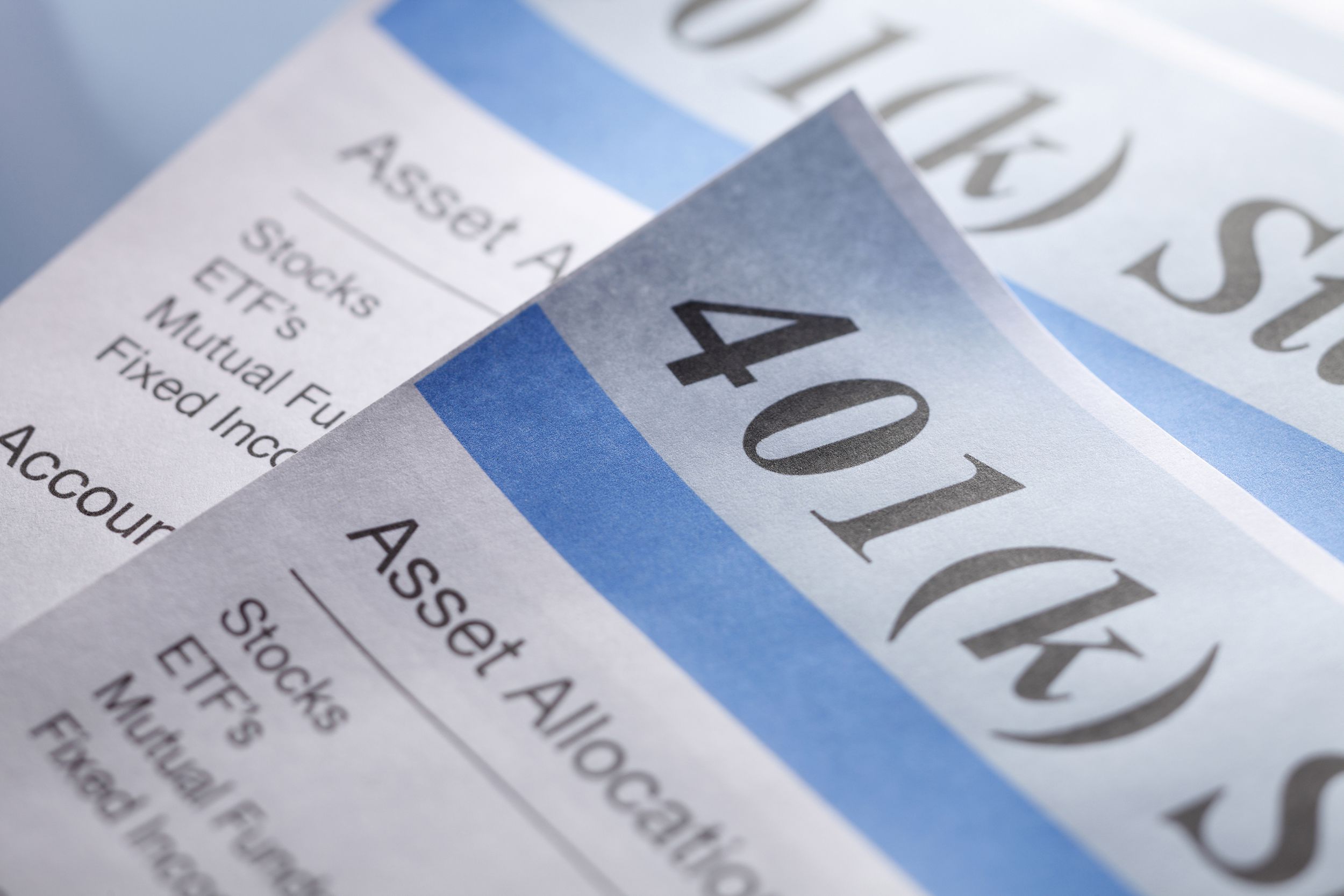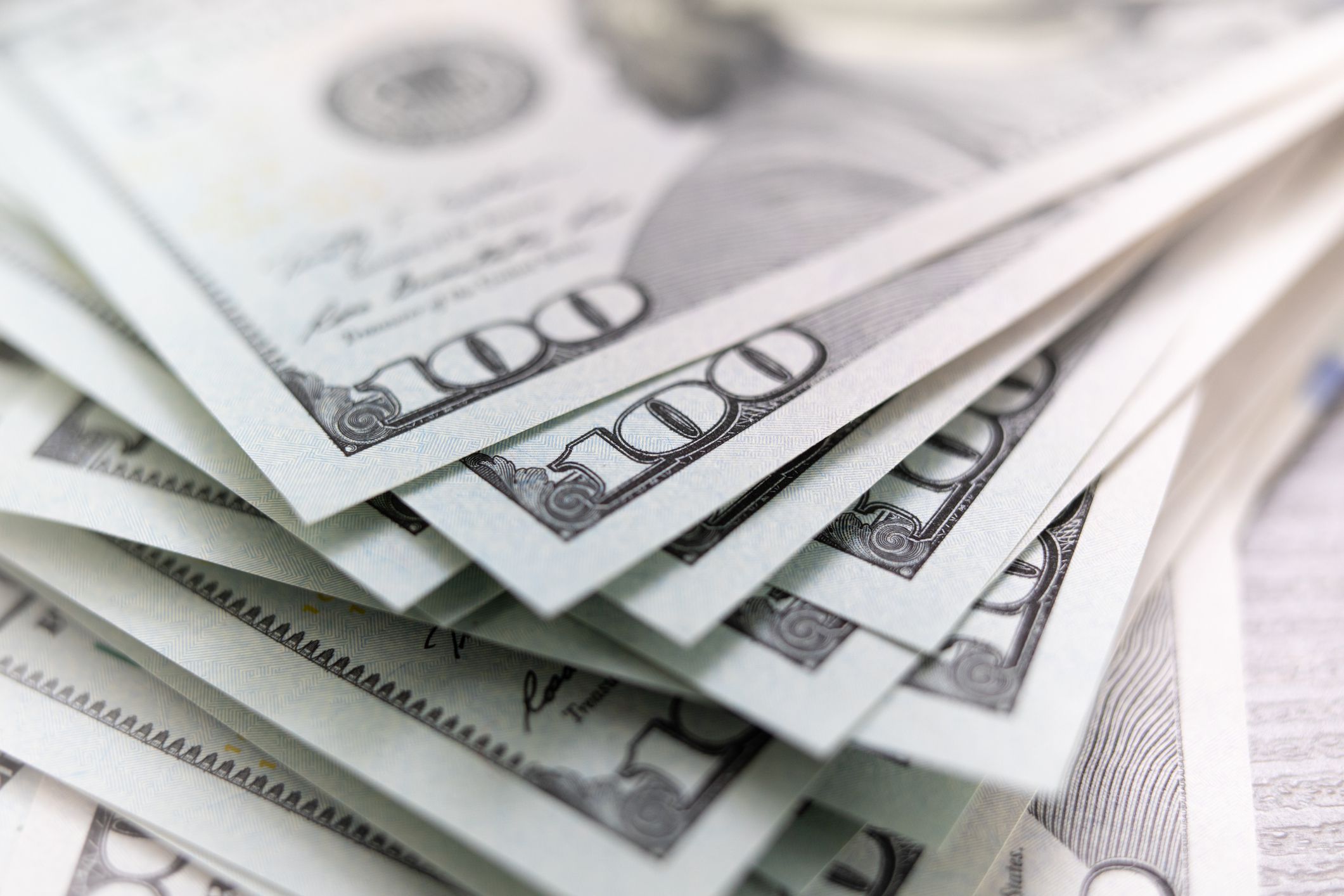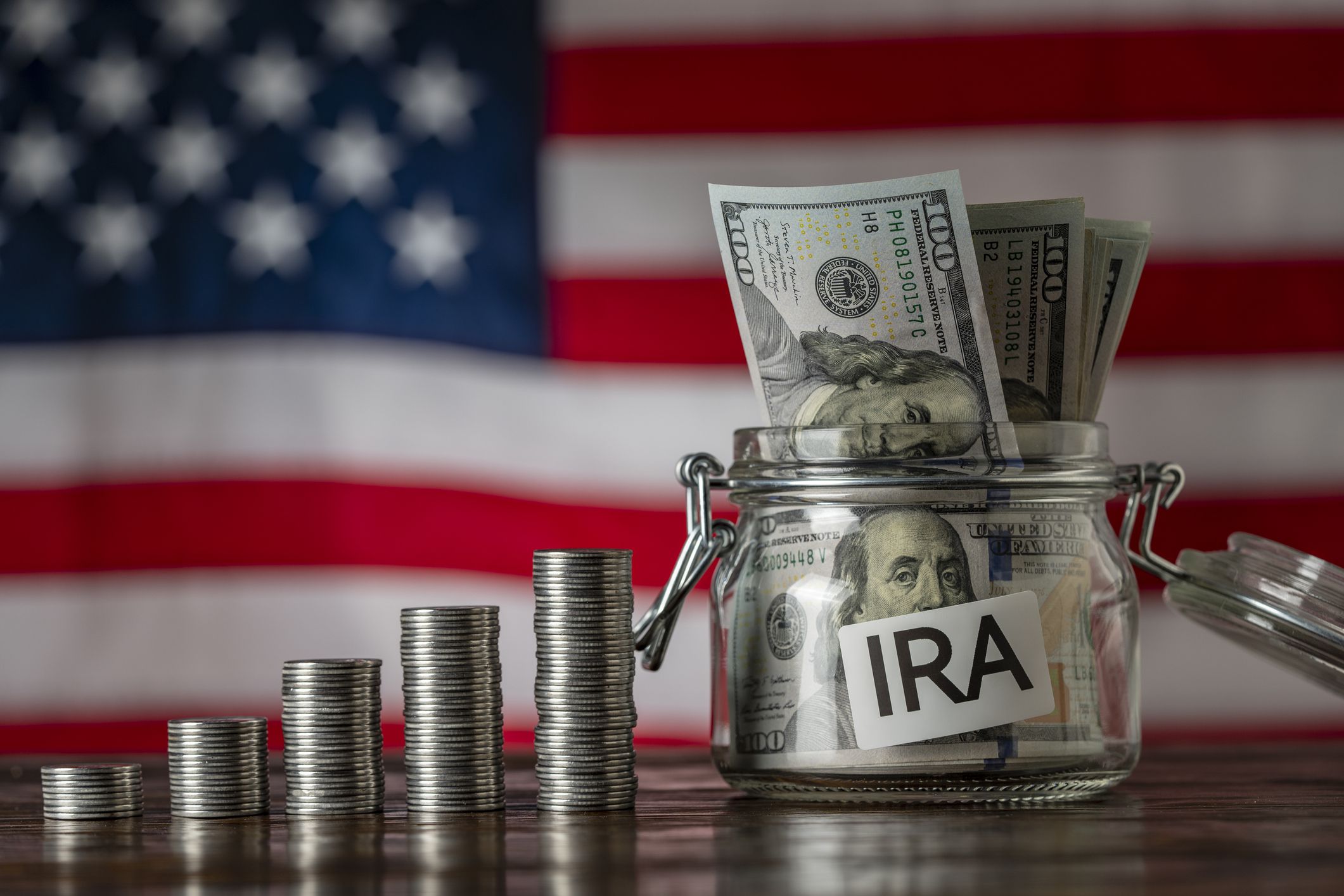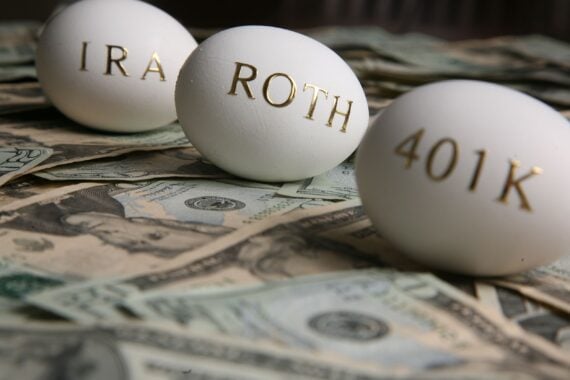Getting serious about retirement doesn’t require a perfect plan—just some smart moves and a bit of consistency. Whether you’re just beginning or trying to make up for lost time, 2025 offers plenty of ways to boost your retirement savings and help you get ahead. Here’s a list of straightforward strategies to help you get started.
Max Out Your 401(k) Benefits

If you work for a company that offers a 401(k), make sure you’re contributing at least enough to receive any employer match. It’s essentially extra money for your future. Contributions are pre-tax, which helps lower your taxable income. In 2025, individuals can contribute up to $23,500.
Set Up Automatic Contribution Increases

Many retirement plans allow you to set automatic annual increases to your savings rate. For example, you might begin by contributing 6% of your paycheck and boost it by 1% each year. It’s an easy way to grow your savings without much effort.
Set Up a Solo 401(k) If You’re Freelancing or Self-Employed

Working for yourself? A Solo 401(k) gives you the chance to contribute as both the employee and the employer. For 2025, the total limit is $69,000, or $76,500 if you’re 50 or older. Providers like Fidelity and Schwab make setup pretty easy.
Consider Catch-Up Contributions

Catch-up contributions give older workers the ability to add more to their accounts. In 2025, the extra limit for both Roth and traditional 401(k)s is $7,500. If you’re behind, this is a great way to make up ground.
Set Up an Automatic Savings Account

A simple strategy: move a small amount—say, $25—from your checking to savings every week. That’s over $1,000 a year without much impact on your daily budget. Automation makes it painless.
Trending on Cheapism
Consider High-Yield Savings for Short-Term Goals

Not every dollar has to be in the market. High-yield savings accounts are offering rates above 4.5% in 2025, making them a solid place to store emergency funds or short-term savings.
Spilt Your Paycheck

Many payroll systems let you divide your paycheck between two or more accounts. Send a portion directly to savings so you never get the chance to spend it.
Determine What You Need To Save

Online calculators from financial sites like Fidelity or NerdWallet help estimate how much you’ll need for retirement. Once you know the number, you can back into monthly savings goals.
Sign up for our newsletter
Consolidate Accounts & Reduce Fees

If you’ve worked multiple jobs, your retirement funds might be scattered. Roll them over into one account to reduce fees and simplify your planning.
Set Up Cash Back Rewards

Discover, Capital One, Citi, and Chase all offer cash-back rewards. Depending on the credit card you have, you may see cash-back rewards grow in the form of dollars, points, or miles. Redeem these for cash in the form of a statement credit, check, or deposit into a bank account. Some cards that are marketed as cash-back cards also let you use the points you earn for other rewards such as travel, gift cards, or merchandise. Cash back is a great way to kick-start your retirement savings.
Round Up Your Purchases

Spare change apps like Acorns invest the difference when you make a purchase. Buy something for $4.20 and 80 cents goes toward your savings. Over time, those little amounts add up.
Contribute to a Roth IRA

If you meet income requirements, a Roth IRA is a solid option. Money grows tax-free, and withdrawals in retirement are also tax-free. For 2025, the max you can contribute is $7,000—or $8,000 if you’re 50+.
More Retirement-Related Tips From Cheapism

- 24 Passive Income Ideas to Pad Your Retirement Fund — Before you wait for your savings to mature, explore smart ways to earn money on the side so retirement isn’t solely about withdrawals.
- Common Retirement Regrets You’ll Want to Prevent — Don’t look back wishing you’d started earlier or spent smarter; this piece highlights what retirees regret most so you can act now.
- 20 Signs You’re Being Too Stingy in Retirement — Being frugal is good, but this guide shows when penny-pinching turns harmful and how to balance saving with actually enjoying life.






